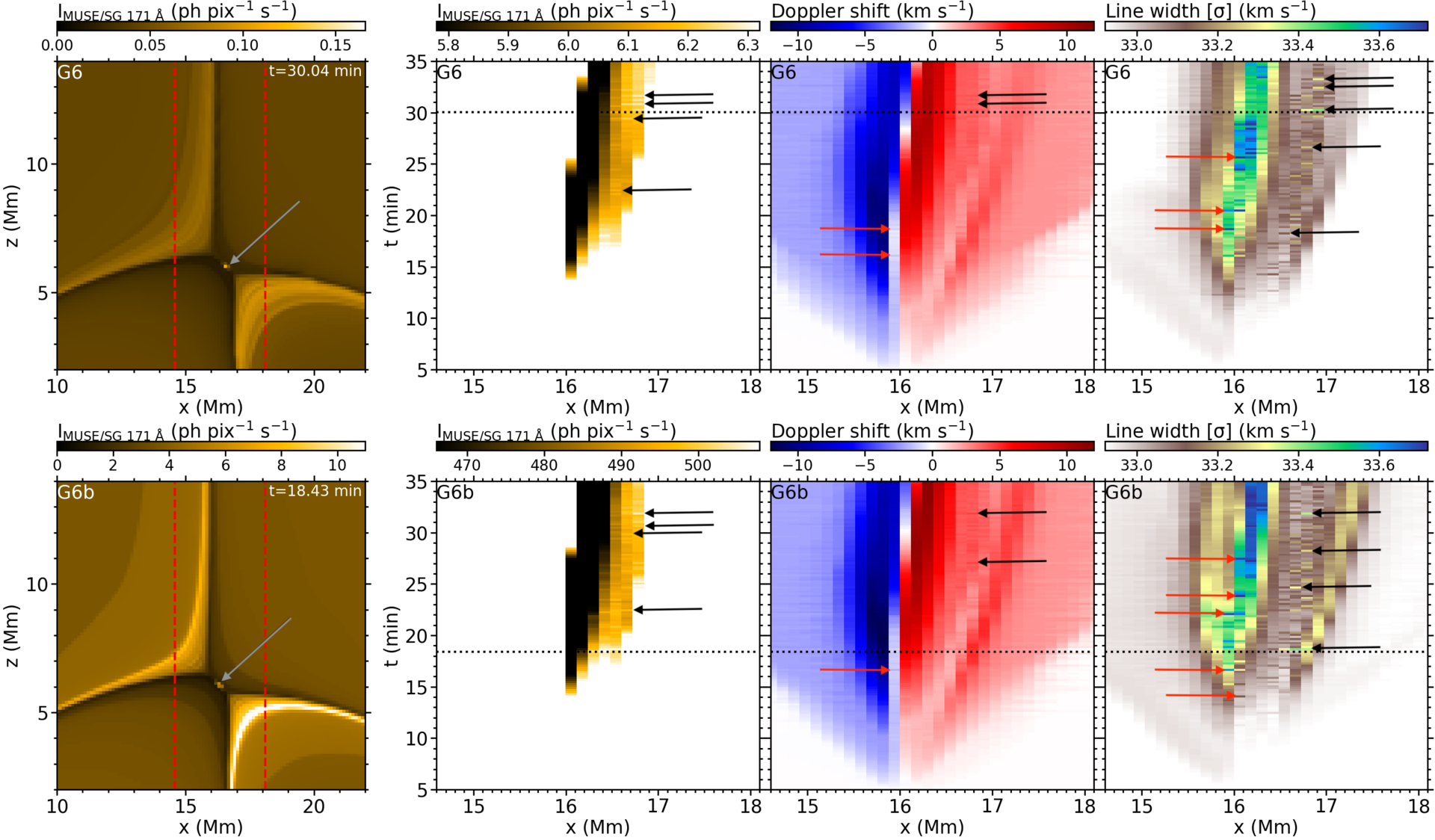Join the disputation
The PhD defence and trial lecture will be hybrid. Attendees can therefore participate either in-person or via Zoom. The link will be available the day before the disputation. The host of the session will moderate the technicalities while the chair of the defence will moderate the disputation. The Zoom links will be published no later than the day before the disputation.
Ex auditorio questions: the chair of the defence will invite the audience to ask ex auditorio questions either written or oral. This can be requested by clicking 'Participants' -> 'Raise hand'.
The meeting opens for participation just before the disputation starts, and closes for new participants approximately 15 minutes after the defence has begun.
Join the trial lecture - 21st of May at 10:15 (Aud. 209, Svein Rosselands Hus)
"Interstellar objects passing through our solar system"
Conferral summary
Numeriske simuleringer av magnetfeltsomkobling på Solen viser at ulike modeller for dissipasjon av magnetisk energi gjenskaper de samme fenomenene, men enkelte av disse modellene gjenskaper småskalastrukturer mer presist. Studiet viser at slike finstrukturer kan observeres med satellitter som Multi-slit Solar Explorer og bidra til å bedre forstå oppvarmingen av solatmosfæren og årsaken til soleksplosjoner.
How to use plasmoids in the Sun for developing state-of-the-art resistivity models
Magnetic reconnection plays a fundamental role on the Sun in heating the corona up to its million-kelvin temperature and driving explosive phenomena such as flares. To fully understand reconnection on the Sun, one must observe every aspect of it, including tiny plasma blobs known as plasmoids, and reproduce them in simulations.
In this work, we have demonstrated that it is possible to simulate the same reconnection phenomena using different models for the electrical resistivity and still obtain roughly consistent large-scale results. When simulating plasmoid-mediated reconnection with a moderate numerical resolution, we found that so-called hyper-resistivity models reproduce plasmoid characteristics in closer agreement with those obtained with a low uniform resistivity on higher resolution. Our forward-modelling showed that the upcoming Multi-slit Solar Explorer (MUSE) and Solar-C missions will be capable of providing spectral information on plasmoids which, in combination with high-resolution images from Solar Orbiter, can be used to gain new insights in plasmoid formation in the solar corona. Such observational insights will be useful to put constraints on future simulations in terms of developing state-of-the-art resistivity models, ultimately leading us forward in unravelling the mysteries of our life-giving star.
